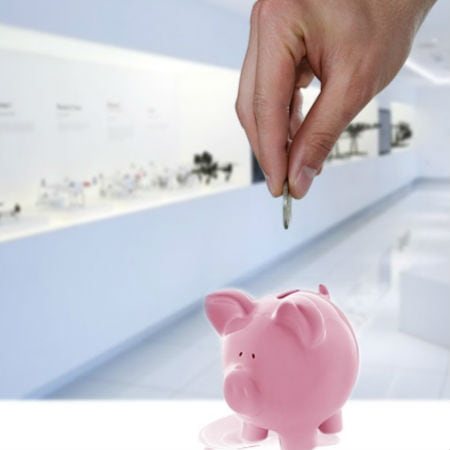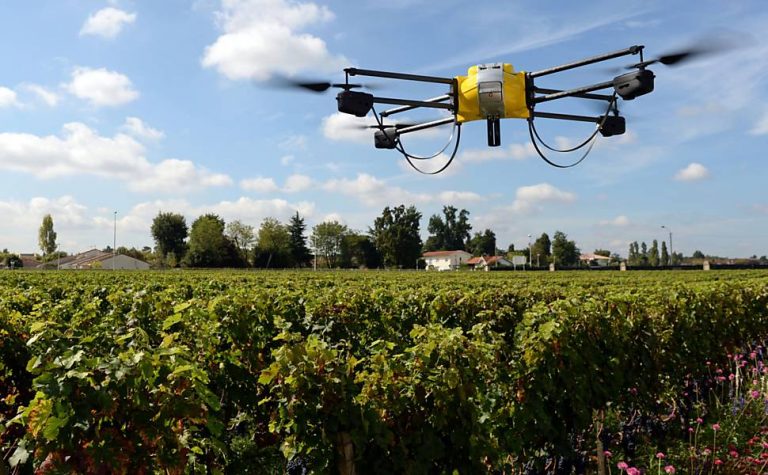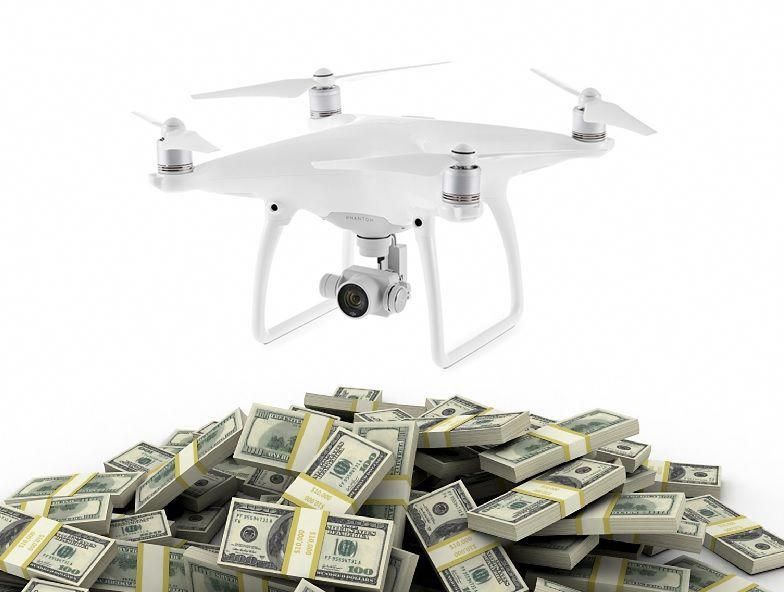
Safety is an issue that is always brought up when the discussion is about drones and the adoption of the technology. What we should also be asking is, what about the financial effects or drones’ financial benefit?
It is very apparent that drones would be capable of taking over many jobs that are traditionally carried out by human labor, but a new study from PricewaterhouseCoopers (PwC) estimates that drones could replace $127 billion worth of current business services and labor.
Drones’ Financial Benefit: Distribution of Money Saved
This staggering amount of money saved would seriously affect the infrastructure and agriculture industries. Companies that specialize in construction and utilities could potentially save up to $45.2 billion from utilizing drones. The agricultural sector too could save up to $32.4 billion while other sectors such as transportation will be saving around $13 billion. These are few of the financial benefit of drones.
Scroll down for video

DRONELIFE
PwC also revealed it would be unveiling its own commercial array of drones in Poland, detailed use cases for drones that vary from inspections to transportation or delivery and data collection. All of these uses would significantly bring down cost of running business for these companies.
As an example, it currently costs around $1,500 for a human personnel to physically go and inspect a wind turbine not to add the dangers attributed to the inspection itself. This is twice the cost of deploying a drone to do the inspection from SkySpecs reports, a startup that does drone inspection services for infrastructure companies.
PwC Efforts
PwC started experimenting with drones in Poland last year, and its new class of surveyor and photography drones will assist clients in testing ways to make use of drones. At the moment, Poland and South Africa are the only two nations in the globe with comprehensive regulations that allow commercial drones fly out of sight of the pilot.
Drones took a new turn in 2015 as they became a popular consumer device, especially after a framework for regulation that validates drones in the US started to take shape. Technological and regulatory impediments are still present and they still affect drone development.
Drone manufacturers and software developers are rapidly creating technologies like geo-fencing and collision avoidance that will create a safer flying environment for drones. The increasing pace of drone adoption is also forcing governments to create new regulations that settle safety and innovation issues.

Safer technology and better regulation will create a conducive environment for new applications of drones in the commercial sector and this includes drone delivery programs like Amazon’s Prime Air and Google’s project wing initiative.
Jonathan Camhi, a key research analyst for BI intelligence (Business Insider’s premium research service), has detailed in a drone report the forecasts for sales revenue for consumer, enterprise, and military drones. It also estimates the future growth of drone shipments for consumers and enterprises.
The report highlights several of world’s major drone suppliers and looks at the trends in drone adoption in several leading industries. Lastly, it looks at the regulatory set up in several markets and details how technologies like obstacle avoidance and drone to drone communications will affect drone adoption.
Watch the videos below